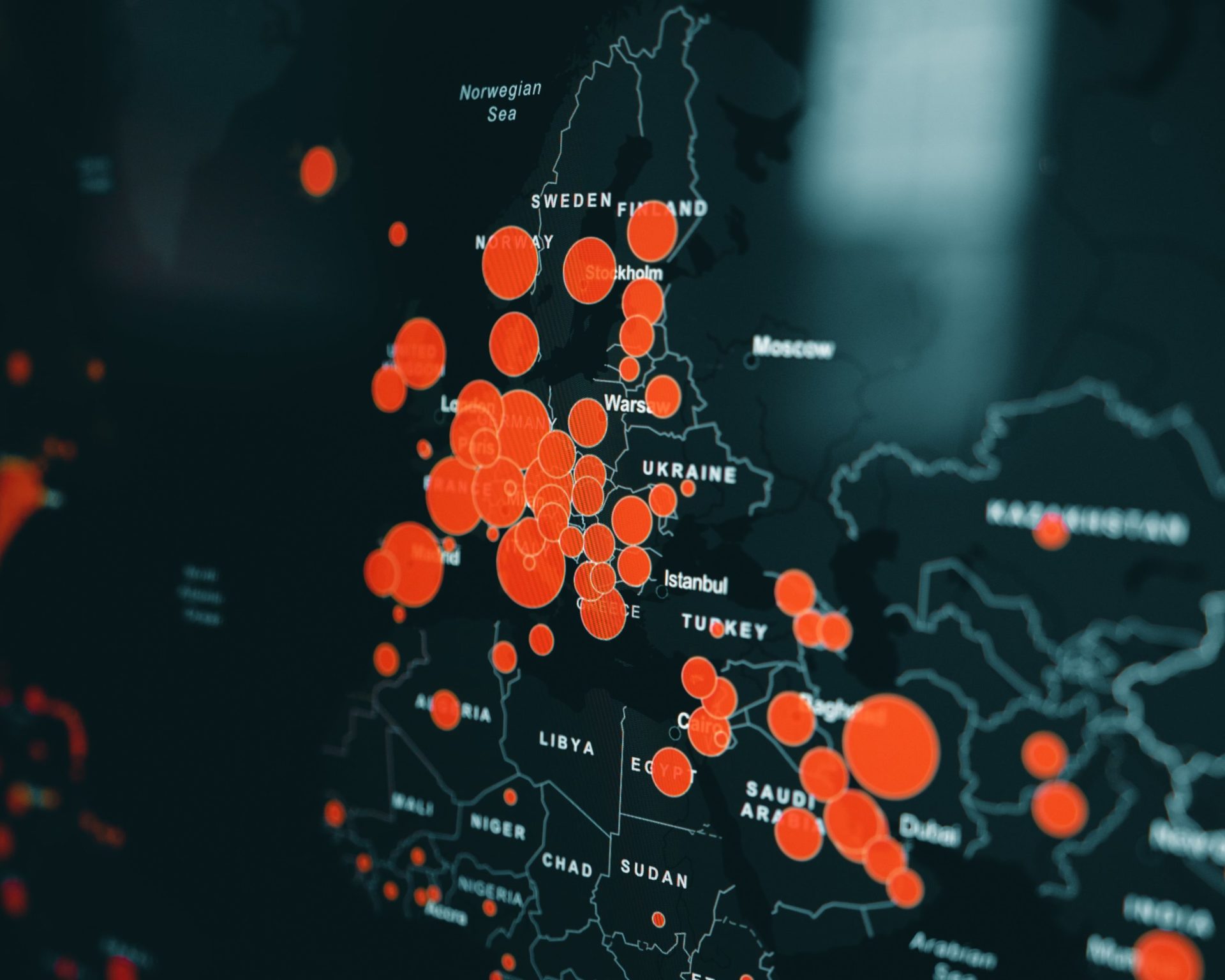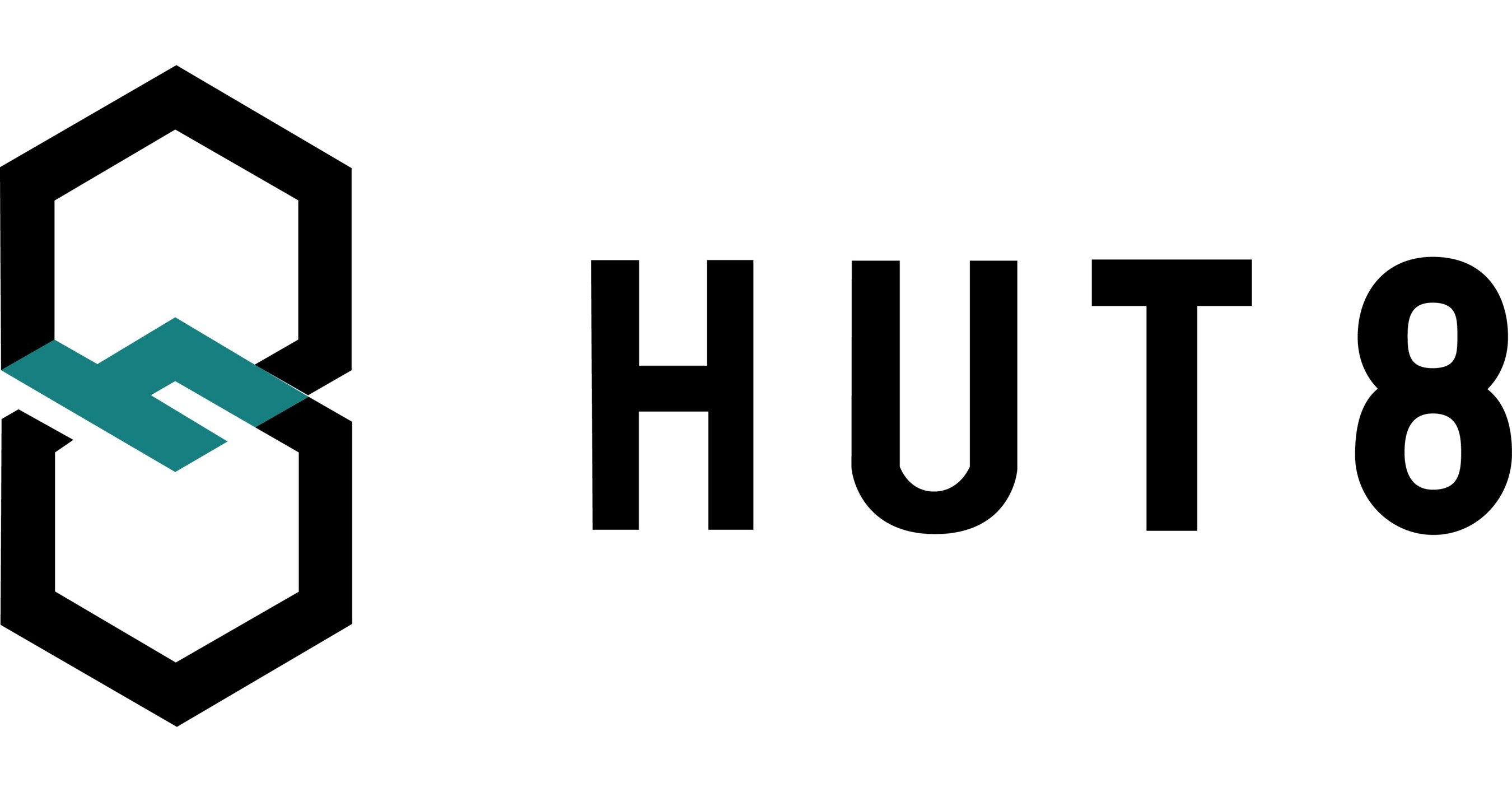Joe Fay has covered the tech industry for 30 years and has edited publications in London and San Francisco. He is also a contributing analyst for GigaOm.
New York, Oct. 21, 2022 (GLOBE NEWSWIRE) — The Insight Partners has released the latest research study on “Automated Storage and Retrieval Systems Market (ASRS) Forecast to 2028 – Impact of COVID-19 and Global Analysis by Type (Unit Load ASRS, Mini Load ASRS, Vertical Lift Module, Vertical Carousels, Horizontal Carousels, Auto Store and Others) and End Users (automotive, food & beverage, electronics & semiconductors, e-commerce, chemicals, aerospace, retail, pharmaceuticals and others), geography”, the global Automated Storage and Retrieval System (ASRS) market size was valued at USD 2417.6 million in 2020 and is expected to reach USD 4151.8 million by 2028; it is expected to grow at a CAGR of 6.9% from 2021 to 2028.
Download Sample PDF Brochure of Automated Storage and Retrieval Systems Market Size – Impact of COVID-19 and Global Analysis with strategic insights on: https://www.theinsightpartners.com/sample/TIPTE100000329
Global Automated Storage and Retrieval System Market assessments, segmentations, regional and country scope:
| Market size Value in | 2417.6 million USD in 2020 | |
| Market Size Value by | 4151.8 million USD by 2028 | |
| Rate of growth | CAGR of 6.9% from 2021 to 2028 | |
| Forecast period | 2021-2028 | |
| Year of reference | 2021 | |
| Number of pages | 181 | |
| Number of Tables | 71 | |
| Number of graphs and figures | 80 | |
| Historical data available | Yes | |
| Segments Covered | Type and end users, geography | |
| Regional scope | North America; Europe; Asia Pacific; Latin America; AEM | |
| Country scope | United States, United Kingdom, Canada, Germany, France, Italy, Australia, Russia, China, Japan, South Korea, Saudi Arabia, Brazil, Argentina | |
| Report cover | Revenue Forecast, Business Ranking, Competitive Landscape, Growth Factors and Trends |
Global Automated Storage and Retrieval Systems Market: Competitive Landscape
Key players operating in the global automated storage and retrieval systems market include Bastian Solutions Inc.; Daifuku Co., Ltd. ; KION GROUP AG; Kardex Group; Knapp S.A.; Mecalux, SA; SSI Schaefer Group; Swisslog Holding AG; Spa Logistics System; and Vanderlande Industries.
Request before purchase: https://www.theinsightpartners.com/inquiry/TIPTE100000329
The global automated storage and retrieval systems market is segmented into type and end user. Based on type, the market is further categorized into Unit Load ASRS, Mini Load ASRS, Vertical Lift Module, Vertical Carousels, Horizontal Carousels, AutoStore, and others. The vertical lift module segment accounted for the largest share of the overall market. On the basis of end-user, the market is further classified into automotive, electronics & semiconductors, food & beverages, e-commerce, aerospace, chemicals, pharmaceuticals, retail and others. The e-commerce segment accounted for the largest share of the whole.
For example, over 60% of the population in the United States shop online. Additionally, customers expect faster delivery times, thanks to which e-commerce players are embracing automation of their processes. Fluctuations in demand for Stock Keeping Units (SKUs) create complexities in picking operations, which, in turn, slows down the fulfillment process. E-commerce demand is highly variable, so picking areas must be continually adjusted to support fluctuating demand for items. In addition to managing fluctuating SKU demand, an automated storage and retrieval system also advances the fulfillment process, enabling e-commerce as well as omnichannel retailers to better meet service level agreements by respecting the delivery commitments of the orders.
Talk to a research expert – https://www.theinsightpartners.com/speak-to-analyst/TIPTE100000329
The development of the e-commerce industry goes hand in hand with the prosperity of the automated storage industry. Inventory sold by e-commerce sellers is stored in warehouses. To reduce the sorting and storage time of these products, the automated storage and retrieval system seems to be one of the best tools. The consumer shopping model is shifting towards online shopping.
APAC Automated Storage and Retrieval Systems Market is expected to grow at the Highest CAGR during the forecast period:
The manufacturing industry in Asia-Pacific countries has seen a huge shift in adopting the solutions adopted over the years. The Asian manufacturing sector is known for rapidly adopting innovations that include robotics as well as emerging cloud and mobility technologies. Over the years, the manufacturing expenditure in the region has increased significantly and is expected to increase further at the highest growth rate. Automated Storage and Retrieval Systems (ASRS) are installed in warehouses at the HCCB plant in Goblej, Gujarat, India. Thus, increasing adoption of ASRS among factories is also influencing the growth of the market.
Additionally, government initiatives such as Make-in-India in India are encouraging the establishment of manufacturing plants in rapidly developing countries. The encouragement of the manufacturing sector is done by the government to make the country self-sufficient first and then export the surplus production. A manufacturing hub requires storage house deployments. Efficient, automated warehouses improve accuracy and save space by stacking products vertically. These factors are fueling the growth of ASRS implementations in the APAC region.
Quickly purchase a premium copy of the Automated Storage and Retrieval Systems Market Growth Report (2021-2028) at: https://www.theinsightpartners.com/buy/TIPTE100000329
For example, in March 2021, SSI SCHAEFER GROUP signed a project with CHIRON Werke GmbH & Co KG. The company has signed a project with the CHIRON group for the supply of installation workstations. This system such as pallet racking will bring automation in the logistics centers of the company. Likewise, in 2021 System Logistics Spa carried out a project with PLZENSKY PRAZDROJ AS – MEMBER OF ASAHI BREWERIES EUROPE GROUP. GROUP MEMBER ASAHI BREWERIES EUROPE has installed 16 Maxi AGVs with counterweights with single and double forks for a total capacity of 11,000 pallet spaces and a throughput of 3,900/3,900 IN/OUT pallets/day. Hence, such expansion of ASRS solutions business helps the market to rise in the near future
Cycle through adjacent reports:
Material handling equipment market Forecast to 2028 – Impact of COVID-19 and Global Analysis by Commodity (Storage and Material Handling Equipment, Industrial Trucks, Bulk Material Handling Equipment, Automated Storage and Retrieval System (ASRS), Others); End user (manufacturing, automotive, aerospace, food and beverage, retail and e-commerce, pharmaceutical, chemical, other) and geography
Modular Laboratory Automation Market Forecast to 2028 – Impact of COVID-19 and Global Analysis by Equipment and Software (Automated Liquid Handlers, Automated Plate Handlers, Robotic Arms, Automated Storage and Retrieval Systems (ASRS), Software, Analyzers); Application (drug discovery, genomics, proteomics, clinical diagnostics) and geography
Vertical Lifting Module (VLM) Market to 2025 – Global analysis and forecast by end user (automotive, electronics, aerospace, food and beverage, e-commerce, logistics, pharmaceuticals, retail and others)
Data storage market Forecast to 2028 – Impact of COVID-19 and global analysis by storage type (consumer storage, enterprise storage); End User (BFSI, IT & Telecom, Education, Government & Defense, Media & Entertainment, Healthcare, Other) and Geography
Advanced Energy Storage Systems Market Forecast to 2028 – Covid-19 Impact and Global Analysis – by Technology (Hydraulic Pumping, Battery Storage, Flywheel Storage, Thermal Storage); Application (on-grid, off-grid, micro-grid)
Advanced Battery Energy Storage Systems Market Forecast to 2028 – Impact of COVID-19 and global analysis by product type (lithium-ion batteries, sodium-sulfur batteries, advanced lead-acid batteries); Type of service (on-demand, end-to-end); Industry vertical (consumer electronics, stationery, energy storage, automotive, residential, commercial, others) and geography
Automated Sample Storage Systems Market Forecast to 2028 – Impact of Covid-19 and global analysis – By product (system units, reagents, consumables); Application (storage of biological samples, storage of compounds); Capacity (less than 100,000 samples, 100,000 – 500,000 samples, 500,000 – 2 million samples, more than 2 million samples); End user (pharmaceutical and biotech companies, academic research labs, private biobanks)
Storage Network Market Forecast to 2028 – Impact of Covid-19 and global analysis – by component (software and hardware); Service (managed and professional); Type (hyperscale and enterprise); End user (SME and large enterprise) and geography
External storage market Forecast to 2028 – Impact of COVID-19 and Global Analysis by Storage Type (Optical Storage, Solid State Storage Devices, Flash Storage Devices, External Hard Drives, Others); End user (business, consumer) and geography
network attached storage market Forecast to 2028 – Impact of COVID-19 and overall analysis by storage solution (scalable NAS, scalable NAS); Type of deployment (on-premises, remote, hybrid); Company size (SME, large companies); Industry (IT and telecommunications, healthcare, government, manufacturing, media and entertainment, other) and geography
About Us:
The Insight Partners is an industry unique research provider of actionable intelligence. We help our clients find solutions to their research needs through our syndicated research and advisory services. We specialize in industries such as Semiconductors and Electronics, Aerospace and Defense, Automotive and Transportation, Biotechnology, Health IT, Manufacturing and Construction, Medical Devices , technology, media and telecommunications, chemicals and materials.
Contact us:
If you have any questions about this report or would like further information, please contact us:
Contact person: Sameer Joshi
E-mail: [email protected]
Phone: +1-646-491-9876
Press release: https://www.theinsightpartners.com/pr/automated-storage-and-retrieval-system-market
 The vast amount of data that businesses manage comes in many forms, including structured and unstructured. To be effective, businesses need to be able to view all of their data in one place, in real time. They must also be able to translate the data into actionable insights. Data virtualization is the solution. Data virtualization […]]]>
The vast amount of data that businesses manage comes in many forms, including structured and unstructured. To be effective, businesses need to be able to view all of their data in one place, in real time. They must also be able to translate the data into actionable insights. Data virtualization is the solution. Data virtualization […]]]> Tesla Insider Trading Over the Past 5 Years LONDON, UNITED KINGDOM OF GREAT BRITAIN, Nov. 16, 2022 /EINPresswire.com/ — London and Malta-based fintech CityFALCON has developed a new product that gives its users more insight into their assets and portfolios. With the Insider Transactions tool, CityFALCON users can better access and analyze how company insiders […]]]>
Tesla Insider Trading Over the Past 5 Years LONDON, UNITED KINGDOM OF GREAT BRITAIN, Nov. 16, 2022 /EINPresswire.com/ — London and Malta-based fintech CityFALCON has developed a new product that gives its users more insight into their assets and portfolios. With the Insider Transactions tool, CityFALCON users can better access and analyze how company insiders […]]]> , attempts to define some of the boundaries that are reasonable in today’s world. Please see our editorial guidelines for more information.
, attempts to define some of the boundaries that are reasonable in today’s world. Please see our editorial guidelines for more information.
 A Caithness councilor wants to know why there has been an increase in the number of radioactive particles found on the foreshore at Dounreay this year. Struan Mackie, councilor for Thurso and North West Caithness Highland and chairman of the Dounreay Stakeholder Group (DSG), made the appeal after 15 irradiated particles were found on the […]]]>
A Caithness councilor wants to know why there has been an increase in the number of radioactive particles found on the foreshore at Dounreay this year. Struan Mackie, councilor for Thurso and North West Caithness Highland and chairman of the Dounreay Stakeholder Group (DSG), made the appeal after 15 irradiated particles were found on the […]]]> 299 Bitcoin mined, bringing reserves to 8,687 TORONTO, November 3, 2022 /PRNewswire/ — Hut 8 Mining Corp. (Nasdaq: HUT) (TSX: HUT), (“Hut 8” or the “Company”) one of North America leading innovation-driven digital asset mining pioneers and provider of high-performance computing infrastructure, increased our Bitcoin holdings by 299 in the period ending October 31, bringing […]]]>
299 Bitcoin mined, bringing reserves to 8,687 TORONTO, November 3, 2022 /PRNewswire/ — Hut 8 Mining Corp. (Nasdaq: HUT) (TSX: HUT), (“Hut 8” or the “Company”) one of North America leading innovation-driven digital asset mining pioneers and provider of high-performance computing infrastructure, increased our Bitcoin holdings by 299 in the period ending October 31, bringing […]]]>
 In recent years, the creation of textual descriptions of visual data has become an essential research issue. However, formulating the problem to produce visual data from written descriptions is still much more difficult because it requires the fusion of natural language processing and computer vision techniques. Available techniques create uncompressed images from textual descriptions using […]]]>
In recent years, the creation of textual descriptions of visual data has become an essential research issue. However, formulating the problem to produce visual data from written descriptions is still much more difficult because it requires the fusion of natural language processing and computer vision techniques. Available techniques create uncompressed images from textual descriptions using […]]]> Is the phrase “app modernization” just shorthand for refactoring and re-platforming apps to the cloud and dumping the legacy database you currently use? It’s often touted as the only way for businesses with legacy databases — which is arguably most businesses — to meet user demands for real-time or near-time experiences. reality and to deal […]]]>
Is the phrase “app modernization” just shorthand for refactoring and re-platforming apps to the cloud and dumping the legacy database you currently use? It’s often touted as the only way for businesses with legacy databases — which is arguably most businesses — to meet user demands for real-time or near-time experiences. reality and to deal […]]]> New Jersey, United States –To give market players a complete picture of the market, the research report analyzes Porter’s five forces for the industry and includes a competitive landscape. A market attractiveness analysis that takes into account market size, growth rate and overall market dynamics is included in the research report. The Collecting Bags Market […]]]>
New Jersey, United States –To give market players a complete picture of the market, the research report analyzes Porter’s five forces for the industry and includes a competitive landscape. A market attractiveness analysis that takes into account market size, growth rate and overall market dynamics is included in the research report. The Collecting Bags Market […]]]> Indian Insurance Regulatory and Development Authority (“IRDAI”) has published the IRDAI (Issuance of e-Insurance Policies) Exposure Draft, 2022 (“IRDAI e-Insurance Regulations”) for public comment. The main changes proposed by the draft IRDAI e-Insurance regulations are as follows: An electronic insurance account (“eIA”) (with a unique eIA number) is mandatory for each insured. All policies issued […]]]>
Indian Insurance Regulatory and Development Authority (“IRDAI”) has published the IRDAI (Issuance of e-Insurance Policies) Exposure Draft, 2022 (“IRDAI e-Insurance Regulations”) for public comment. The main changes proposed by the draft IRDAI e-Insurance regulations are as follows: An electronic insurance account (“eIA”) (with a unique eIA number) is mandatory for each insured. All policies issued […]]]>